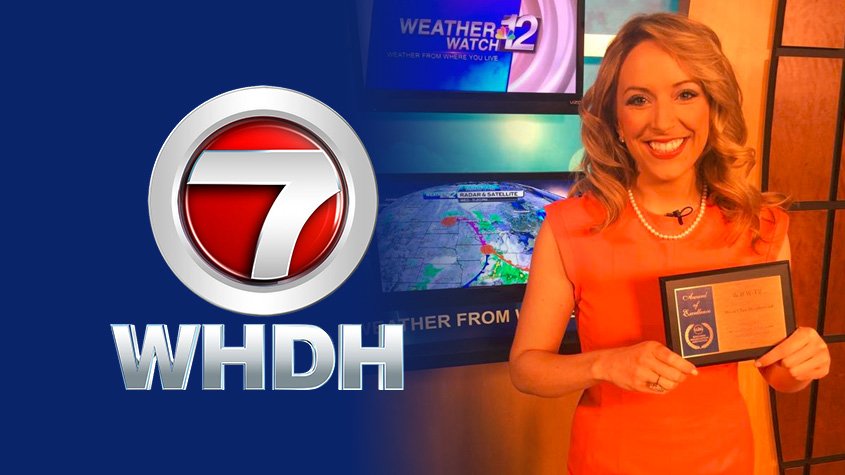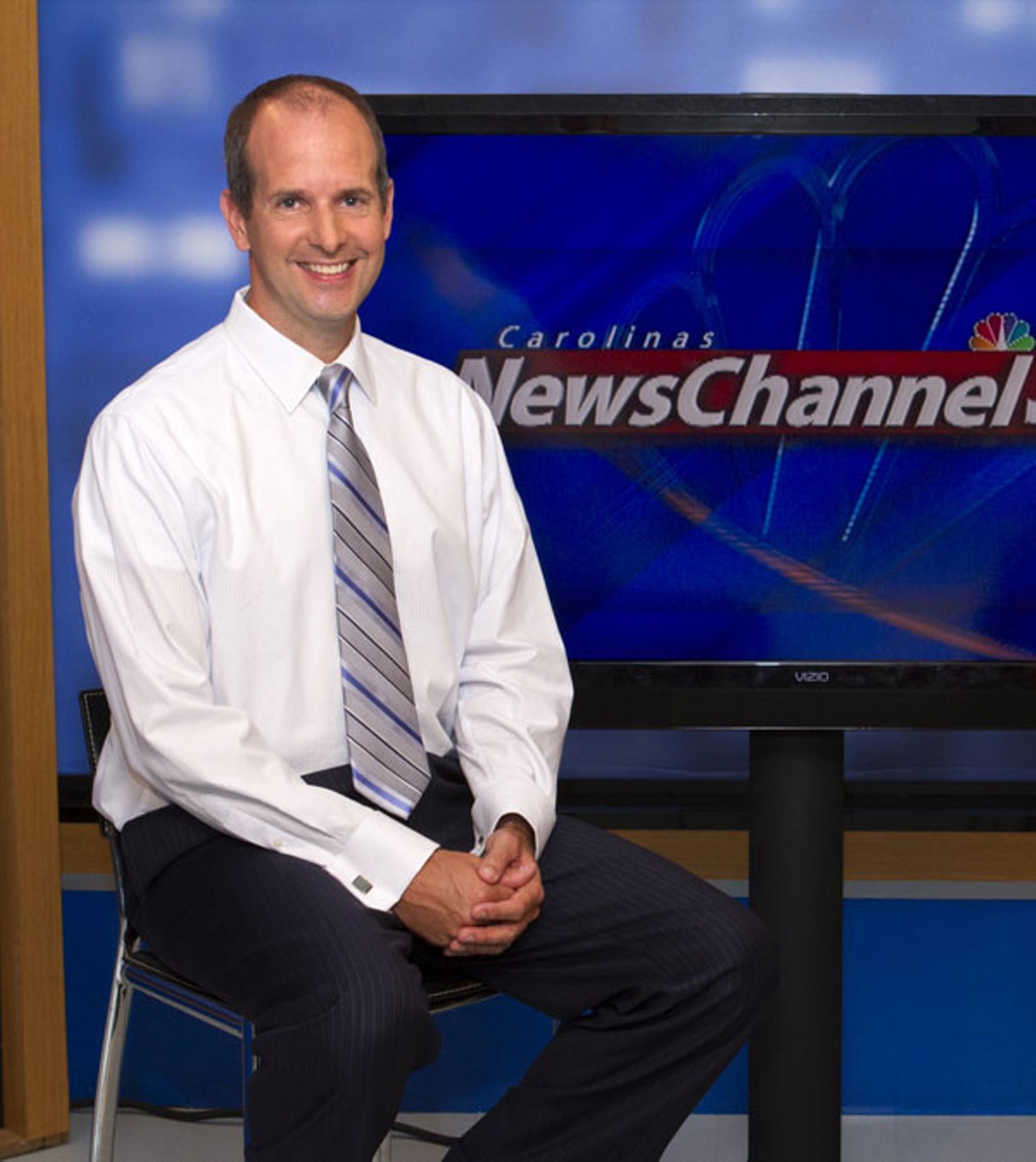
Even though it is not directly related, the meteorologist should also be aware of any celestial objects of interest such as a lunar eclipse, solar eclipse, comets, or meteor showers. Parades, concerts, ball games, lake forecasts, marine forecasts, ski forecasts, fishing forecasts are all examples of events and subjects that the meteorologist studies for his viewer to give a well rounded weathercast. This allows him or her to be able to cover topics that the viewers are interested in. If there is any additional time before the weathercast starts, the meteorologist may research events occurring in town.

The process can take anywhere from a few minutes to about an hour depending if the on-air person's hair is styled.
Tv meteorologist tv#
Most TV stations require the on-air people to do their own make-up. Again, some larger television markets have a make-up artist for the on-air talent.

To correct this problem, make-up is used, even by the men. Just like in the movies, bright lights can cause shiny spots or deep shadows on people's faces. In the world of computers, it is very easy to miss all of the details that make a weathercast flow smoothly.īefore the show starts, the meteorologist must apply make-up. After the graphics are created, the meteorologist will check that everything is in proper working order. In some larger television markets or cable networks, graphic techs create the weather forecasts that will be shown on-air. Once a meteorologist determines which forecast that they think will be most accurate, he or she will then create the weather graphics on a computer to display the story to the public. Sometimes it can be quite difficult to know which forecast computer model has the best handle on the situation. There are many different computer models to look at, all with their own unique set of equations that usually produce different forecast solutions. Temperature, wind, rainfall, snowfall, and severe weather parameters are some examples of the information that the meteorologist will study. This weather information is used by them for news stories as well as allocating crews covering any weather story.Īfter the briefing he or she would then prepare a radio forecast if necessary, then look at the latest numerical forecast models which display all types of weather data. The meteorologist will likely need to meet with producers and sometimes other station managers to brief them on the day's forecast. Once at the TV station, the day would start by looking at the current weather, then checking the computer model forecasts. Many meteorologists constantly look at the weather and keep up with the latest weather trends. The news director may find someone that relates well with people and hire them.Ī typical day at work most likely would start at home. Lastly, it is possible to become a weathercaster coming from a totally unrelated field of study. The military offers study similar to that received in accredited colleges for meteorology. Thirdly, some have been trained as meteorologists in the military. He or she may begin as a news anchor and be called to fill in for a meteorologist. A student may be interested in journalism and news reporting. Second, some students major in journalism in college then become weathercasters later. Florida State University, University of Oklahoma, Penn State, and Mississippi State are a few of the many universities for meteorological studies. First, and probably most common manner, is by going to a college or university where you can obtain a meteorology or atmospheric science degree. There are many ways to become a television meteorologist. Watch our Careers as a meteorologist Youtube video with meteorologist Rich Johnson Weathercasters now use computers to display glitzy 3-d graphics or "augmented reality", dual-polarization Doppler radars to identify approaching storms, live video from storm chasers, social media, tower cams and even drones to show the most current weather. When the profession first started, weathercasters used magnetic weather symbols or markers to draw fronts and high and low pressure systems on boards to convey their forecasts.

The requirements and job duties of a television meteorologist have changed greatly over the years.


 0 kommentar(er)
0 kommentar(er)
